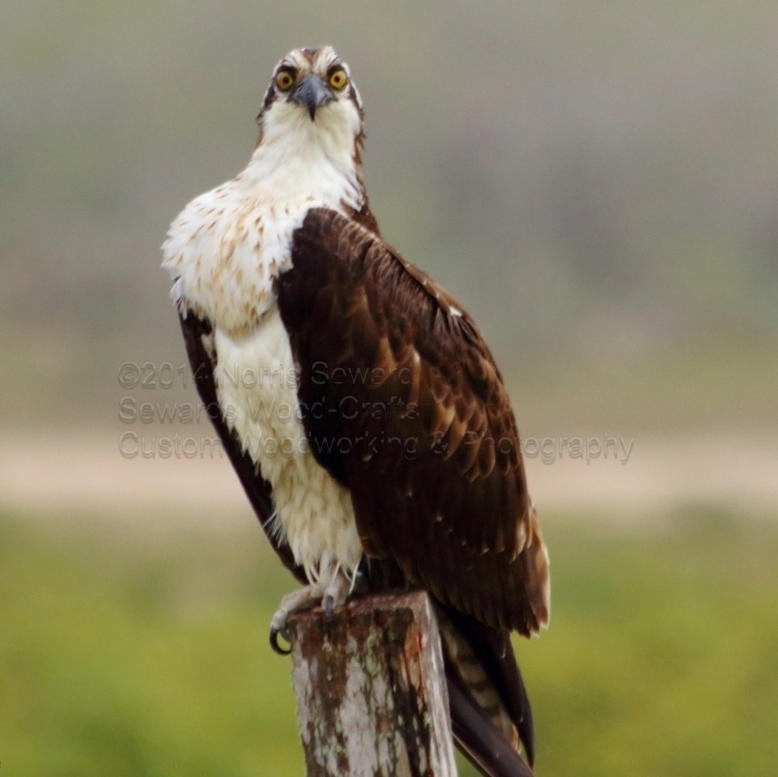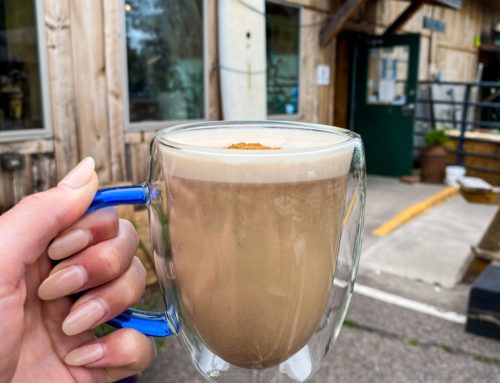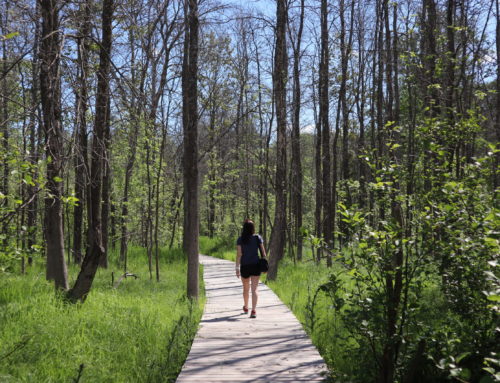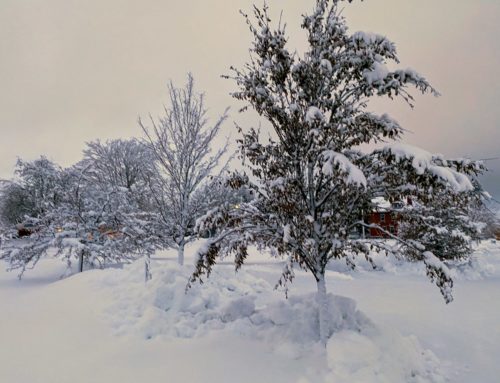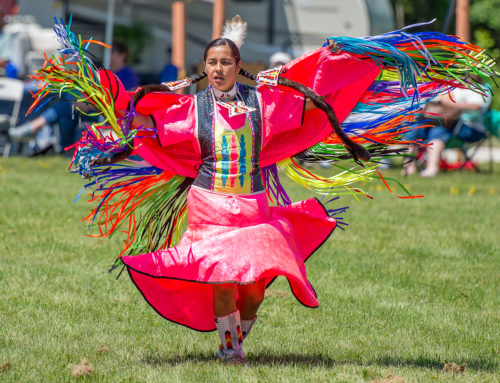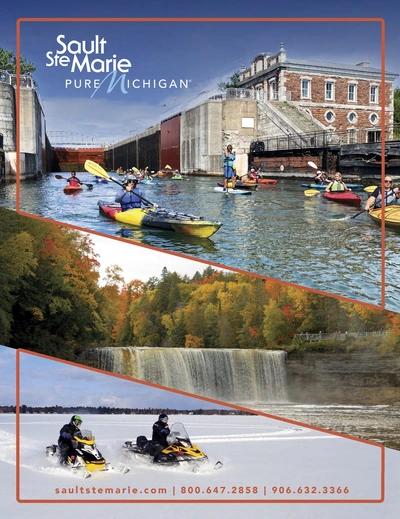While many birders love the frenzy of bird migration activity in spring and fall, there is a unique opportunity to experience birds on their breeding grounds in June and July that shouldn’t be missed. And many Michigan birders know that to have a chance to see rare northern breeding birds, you need to head to Michigan’s Eastern Upper Peninsula. Here is a list of just a few of the incredible birding opportunities to be had.
Sault Ste. Mare: While the city is a bustling and active place in the summer full of shops, festivals, and cultural sites, you are never more than 10 minutes from an escape into a natural paradise. There are many great summer breeding bird locations right within the city limits!
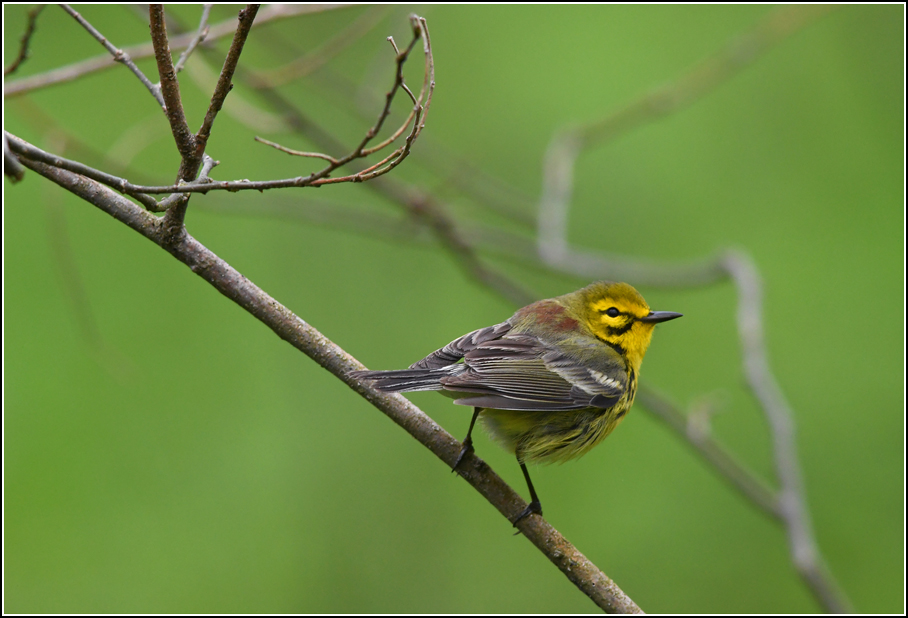
Try renting a kayak or paddleboard from Bird’s Eye Adventures and make your way over to Voyageur Island. Along the trails of the island, you can expect to see a plethora of warbler species like American Redstart, Black-throated Green Warbler (pictured above), and Nashville Warbler.
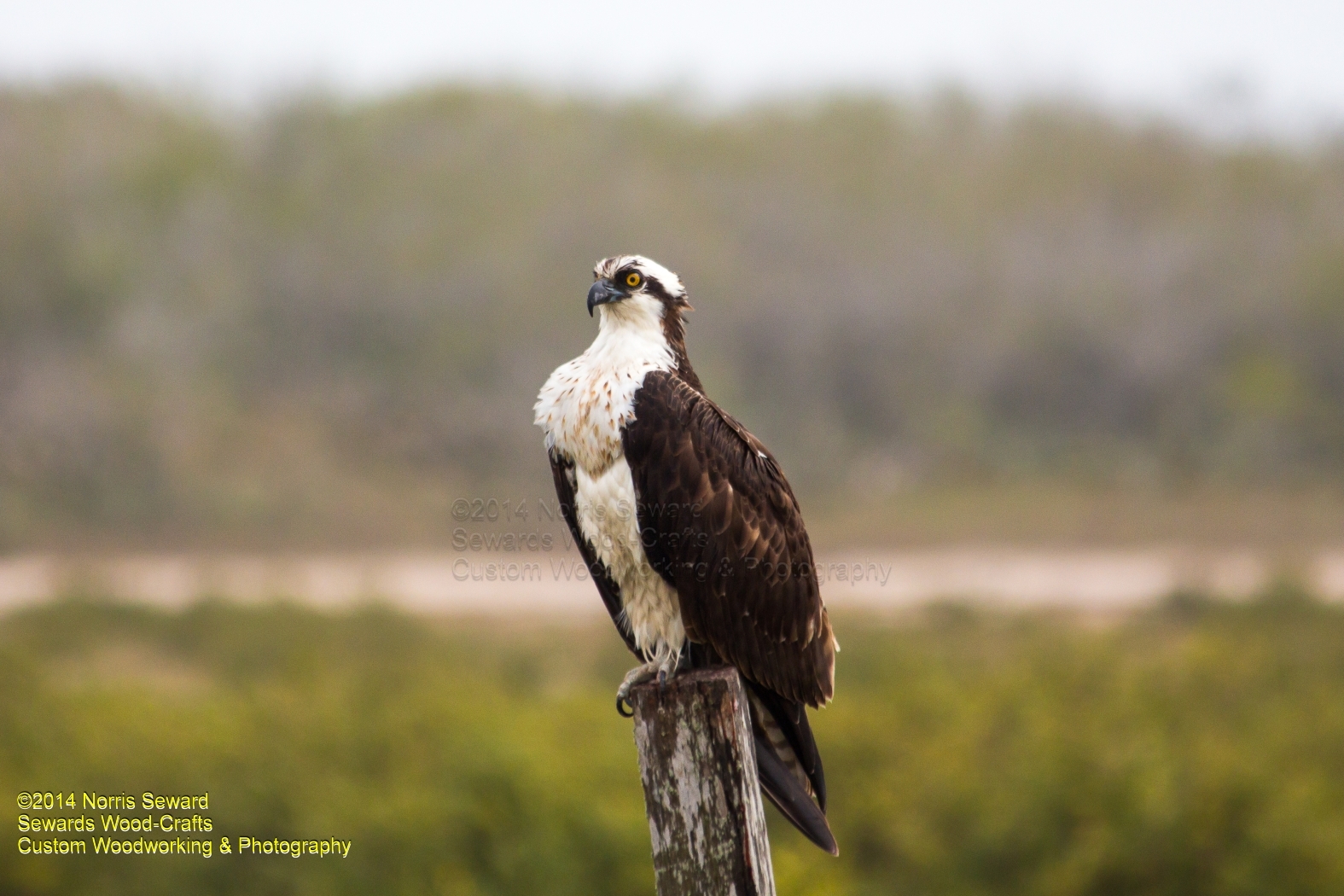
In addition, the trails take you along waterways where you’re likely to see Osprey (pictured above) or maybe even a Black-crowned Night Heron from the nearby breeding colony. Not interested in a paddle?
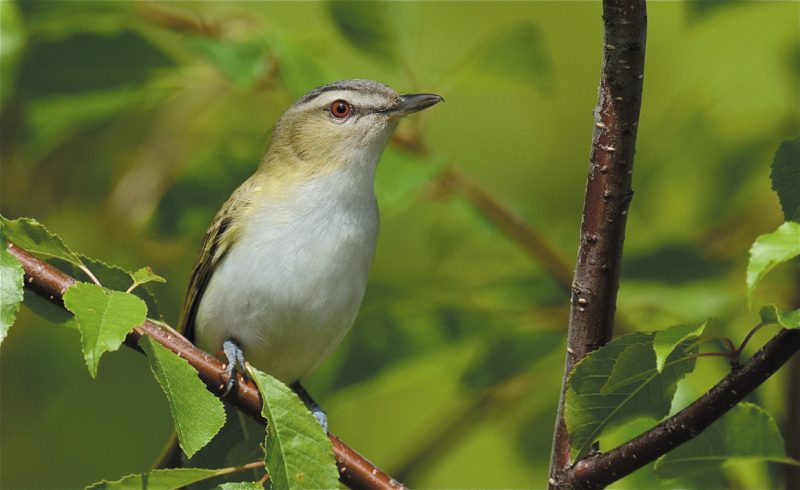
Then check out the Algonquin Trail which runs through the Lake Superior State Forest. This massive state forest includes an excellent hiking trail taking you through thick hardwood habitat where you might run into a mother Ruffed Grouse with her young or a Red-eyed Vireo (pictured above) high in the treetops. The Chi Mukwa (Big Bear) Community Recreation Center run by the Sault Tribe has an excellent hiking trail that takes you through habitat where you can encounter Pileated Woodpeckers and Chestnut-sided Warbler. These are just a few of the incredible places you can bird all within the city limits!
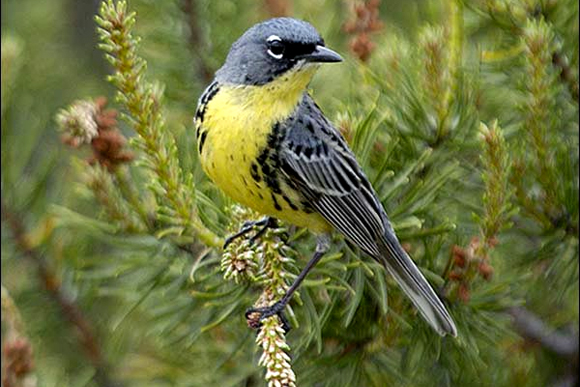
Munuscong Wildlife Management Area: One of the most incredible and unspoiled marshland areas in all of Michigan is found within the boundaries of the Munuscong Wildlife Management area. This area consists of two separate units and birding experiences, the Potholes and the Rivermouth and Campground area. The river mouth area has a campground and a set of trails, one that runs along the northern dikes that are built out into the wetland, and one that runs through the southern woods and eventually out to the wetlands. There is also a viewing area and overlook between the two. The southern trail is a great place to spot Golden-winged Warblers, Chestnut-sided Warblers, Magnolia Warbler (pictured above) and many more.
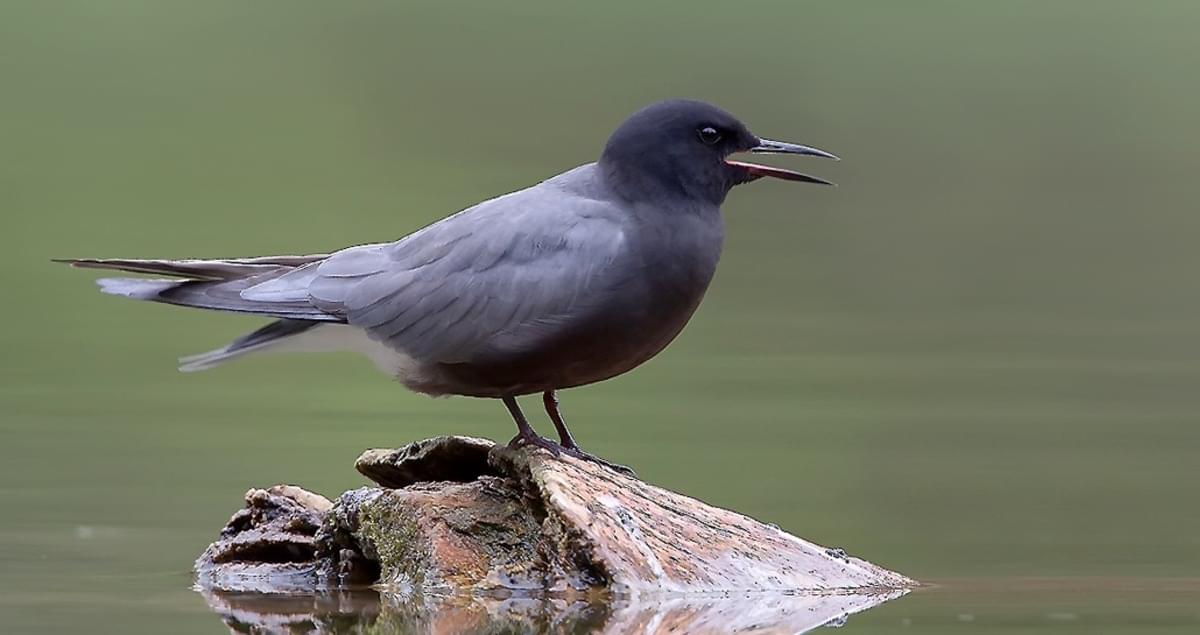
The northern trail takes you through the campground itself which is great habitat for Mourning Warblers as well as Least Flycatchers. The northern marsh trail takes you out into the wetland where you can expect to see many Black Terns (pictured above) flying overhead. You will also hear, and with persistence see, Marsh and Sedge Wren. The overlook location is a great place to visit in the early morning to listen for American Bittern, Virginia Rail and Yellow Rail.
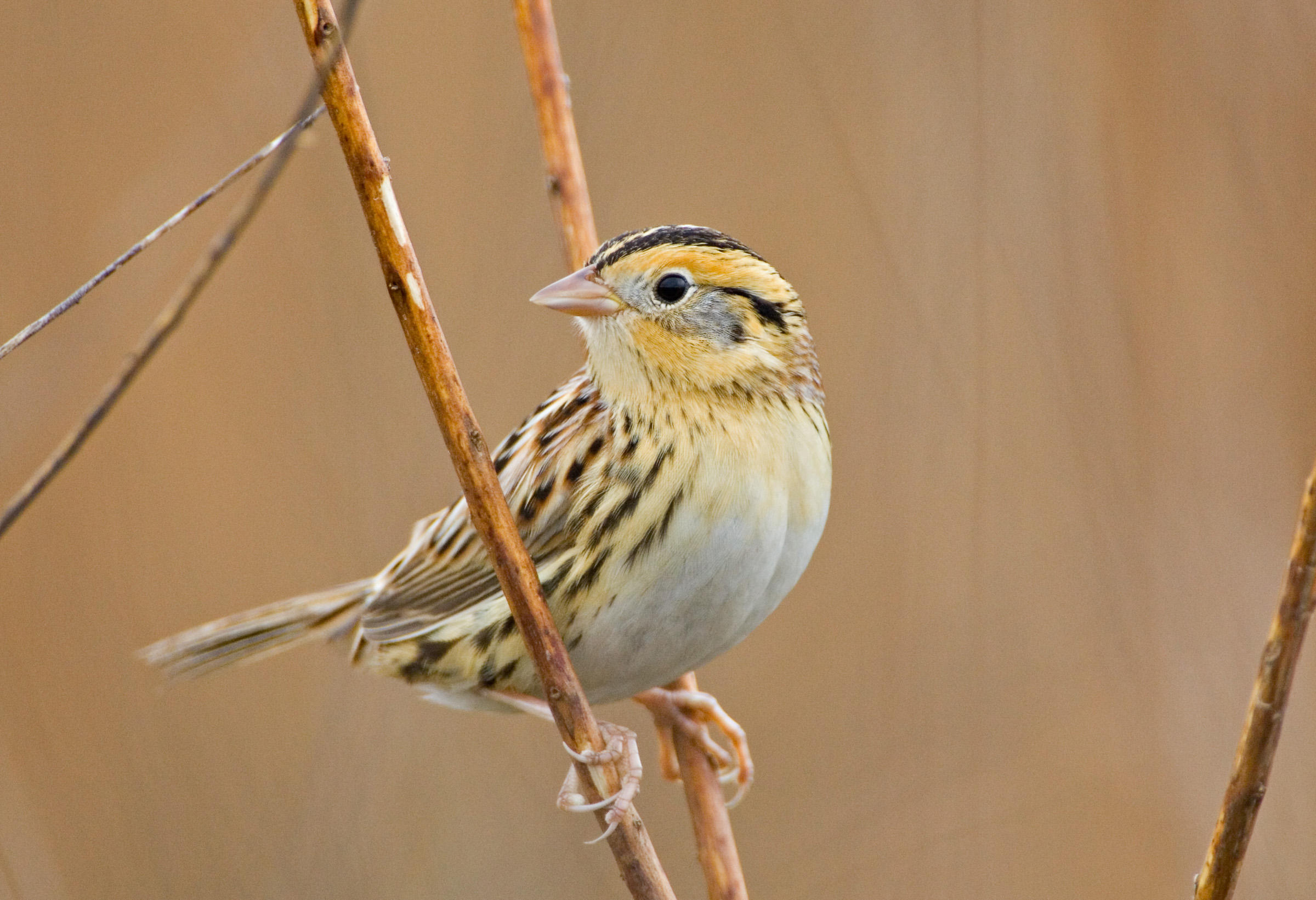
The nearby pothole unit on Gray Rd and 22 Mile Rd is the location of one of the largest breeding colonies of LeConte’s Sparrows (pictured above) in all of Michigan. This secretive sparrow can be heard in the early morning calling from the sedges. Wilsons’ Snipe and a variety of dabbler ducks nest in and alongside the pothole ponds here. Just across from this unit is a large cattle field where Bobolink and Upland Sandpiper are also found. This location is truly a summer gem not to be missed. More information about these sites can be found at www.northhuronbirding.com.
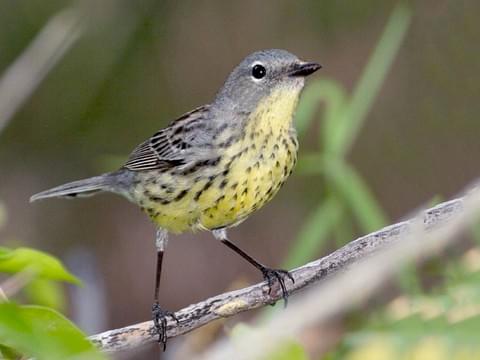
Kirtland’s Warbler and Boreal Breeders: For those who are not familiar, the Kirtland’s Warbler (pictured above) is the rarest warbler species in all of North America. These tiny birds spend their summer’s nesting exclusively in young jack pine forests in the Great Lakes region. In the mid-1970s, there were less than 500 of these birds alive in the wild due to declining habitat.
This small remaining population was concentrated in mid-Michigan around the communities of Grayling and Roscommon. Through recovery efforts driven by the endangered species act, the population is now over 5,000 birds and their range has expanded to small populations in Wisconsin, Ontario and now Michigan’s Eastern Upper Peninsula less than an hour from Sault Ste. Marie. The EUP birds can be found along a number of forest roads around Raco and Trout Lake such as Forest Road 3157, 3144, 3121, and around the Raco Airfield.
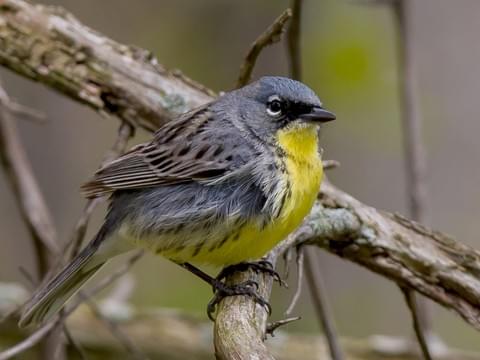
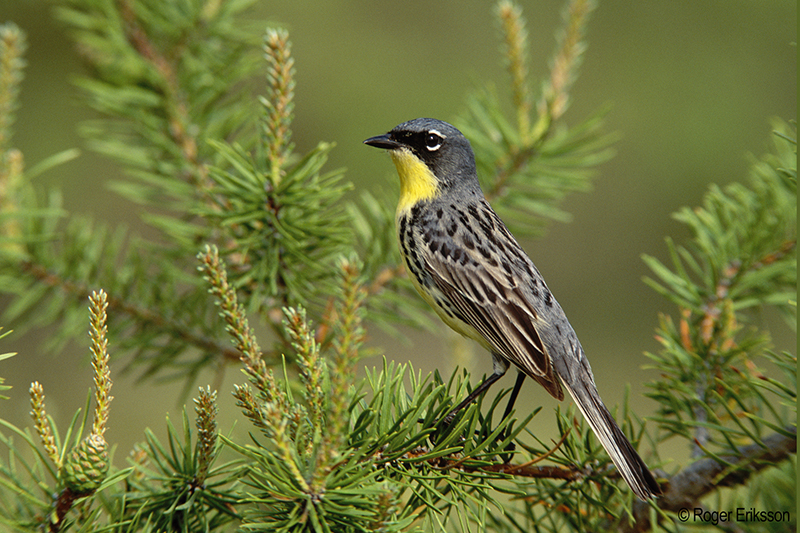
It is important to remember that this is a federally protected species so observers should keep their distance and care should be taken to not disrupt the birds with playback or by approaching nests. There are many other great boreal bird species to be found in the areas around the Kirtland’s Warblers.
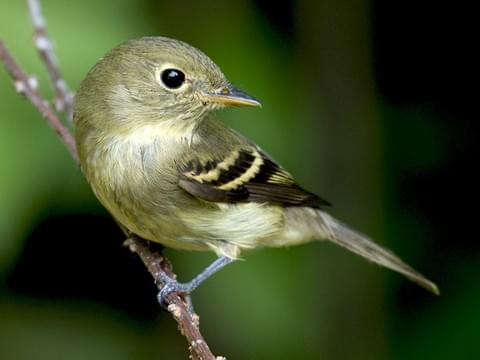
Forest Road 3344 in trout lake is a well know location for Olive-sided and Yellow-bellied Flycatcher (pictured above) and can also occasionally produce Connecticut Warbler and Black-backed Woodpecker. Red Crossbills are another bird that commonly breeds around the Raco and Trout Lake areas along a number of the same roads as where the Kirtland’s Warblers are found. Many great birds to be had in the summertime forests of the EUP!
Written by Elliot Nelson Sea Grant Extension Educator, Eastern Upper Peninsula at Lake Superior State University
Photo Credit: Osprey images were taken by Norris Seward and all other images are credited to Allaboutbirds.org

